
Bangkok's economic outlook could slow in the coming months - Photo: REUTERS
According to Nikkei Asia , some major economies in ASEAN may face a sharp decline in economic growth in the second half of 2025, after a second quarter of growth that exceeded forecasts.
Positive Q2
Thailand, Malaysia and the Philippines all recorded higher GDP growth in the second quarter of 2025 than the previous quarter, largely due to increased exports to the US, taking advantage of the time when US tariffs took effect.
Thailand's GDP grew 2.8% in the second quarter compared to the same period in 2024, according to official data released by the National Economic and Social Development Council (NESDC) earlier this week.
That was down from 3.2% in the first quarter but still higher than analysts’ forecasts of 2.5%. The growth was driven by exports, which account for about 60% of Thailand’s GDP and rose 12.2% before the 19% import tariff from the US took effect.
“Exports and manufacturing have improved, along with greater clarity on reciprocal tariffs. As a result, the Thai economy is likely to grow beyond our forecast in May,” said Danucha Pichayanan, secretary-general of NESDC.
However, he also stressed: "Growth in the second half of the year is expected to remain positive, but will be lower than in the previous two quarters."
Malaysia maintained its GDP growth rate of 4.4% in the second quarter, the same as the first quarter, thanks to strong domestic consumption and a stable labor market.
However, the country's exports are still under significant pressure from the US's 19% tariff, especially in the electronics and semiconductor sectors.
“Growth can go in many different directions… We are working in an environment where changes are happening very quickly,” warned Bank Negara Malaysia Governor Abdul Rasheed Ghaffour.
Meanwhile, the Philippines recorded positive growth, with GDP in the second quarter increasing 5.5% year-on-year, slightly higher than the 5.4% in the first quarter. Recovery in agriculture and solid domestic consumption were seen as the main drivers.
"With this result, we continue to maintain our position among the fastest growing economies in emerging Asia," said Economic Planning Secretary Arsenio Balisacan.
Wobbly after the "push"
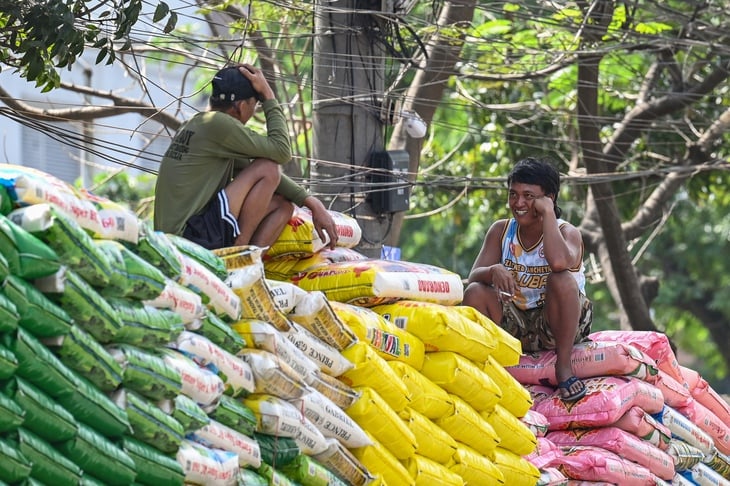
Philippines' exports surged in Q2 but are expected to slow down - Photo: AFP
Despite the positive second-quarter results, the second-half outlook for all three economies is mixed.
In Thailand, the NESDC forecasts full-year GDP growth of only 1.8-2.3%, signaling a slowdown in the coming quarters. Tourism , a key pillar of the country, is showing signs of slowing down as international arrivals this year fell from 35 million to 33 million.
To support the economy, the Thai government has approved a $116.6 billion budget for fiscal year 2026, while the central bank has cut interest rates to 1.5% - the lowest level in two years.
Malaysia also had to revise its outlook as the central bank lowered its full-year growth forecast to 4.0-4.8% from 4.5-5.5% previously.
This was in response to slowing exports and uncertainty in global trade. Notably, the agency cut interest rates for the first time in five years to boost economic activity amid weak external demand.
In the Philippines, despite second-quarter growth exceeding expectations, the government still had to lower its full-year GDP target to 5.5-6.5%, much lower than the initial plan of 6-8%.
The adjustment reflects concerns about pressure from international trade and a gloomy global outlook. The central bank also left open the possibility of further easing monetary policy if inflation continues to cool.
According to Focus Economics , ASEAN GDP growth in 2025 is expected to only reach the average level of the past decade, as consumption, investment and exports all show signs of slowing down.
Experts say that recent GDP growth is partly due to US importers increasing imports and stockpiling goods before tariffs take effect, a practice known as front-loading.
The boost from this activity only helped create short-term growth in the second quarter, but it is unlikely to last as the international trade environment becomes increasingly uncertain.
Source: https://tuoitre.vn/tang-truong-kinh-te-nhieu-nuoc-asean-co-the-chung-lai-trong-nua-cuoi-nam-20250823182641028.htm



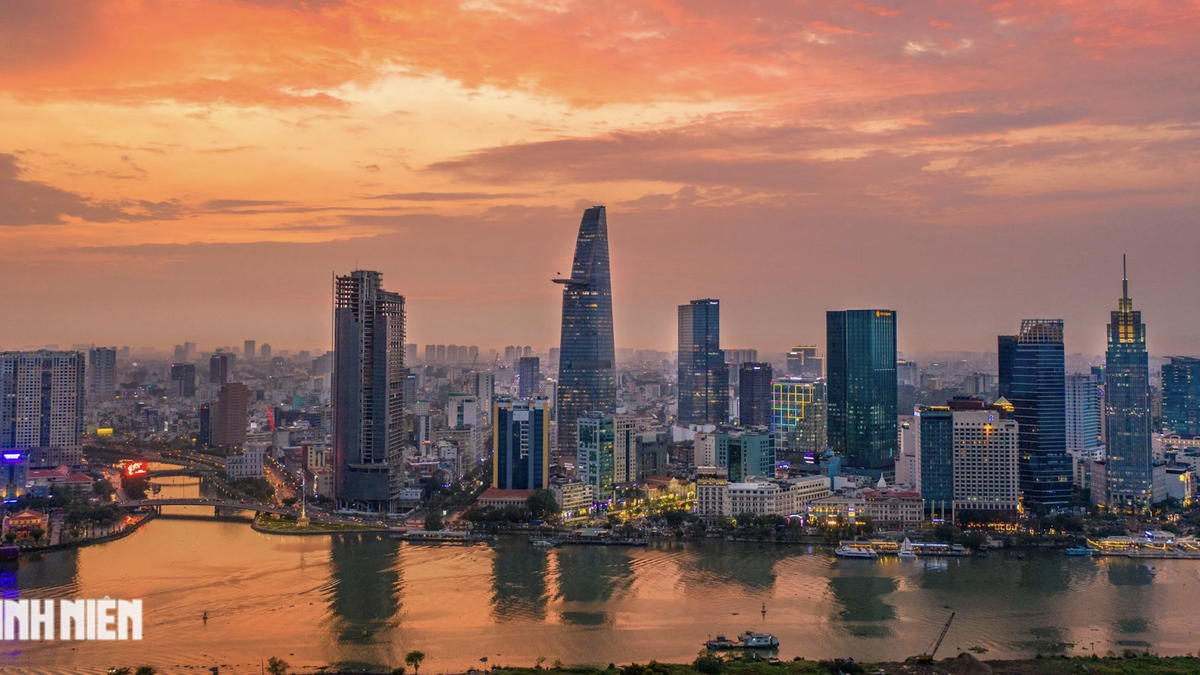
![[Photo] General Secretary To Lam attends the 80th Anniversary of the Cultural Sector's Traditional Day](https://vphoto.vietnam.vn/thumb/1200x675/vietnam/resource/IMAGE/2025/8/23/7a88e6b58502490aa153adf8f0eec2b2)
![[Photo] Prime Minister Pham Minh Chinh chairs the meeting of the Government Party Committee Standing Committee](https://vphoto.vietnam.vn/thumb/1200x675/vietnam/resource/IMAGE/2025/8/23/8e94aa3d26424d1ab1528c3e4bbacc45)











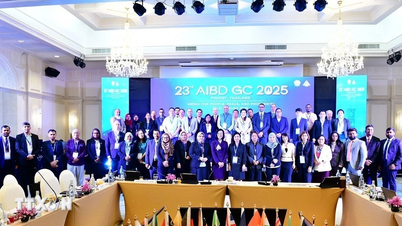




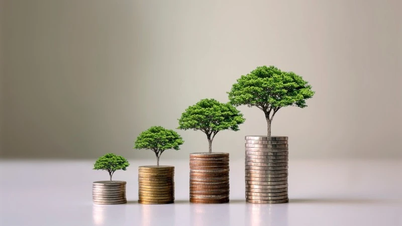

















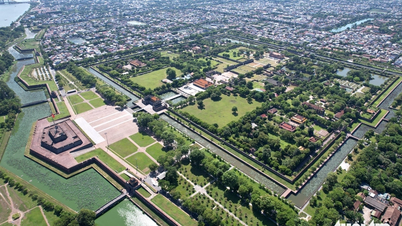






















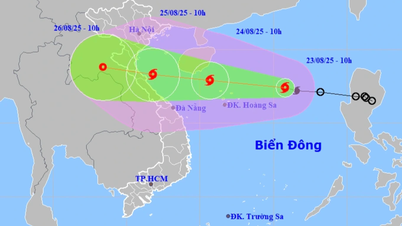


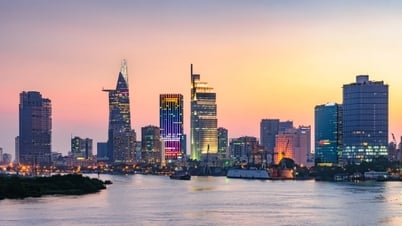







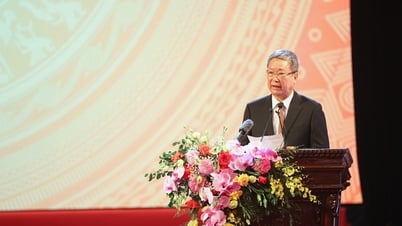


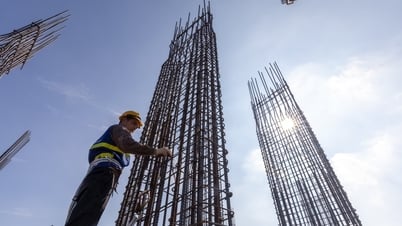







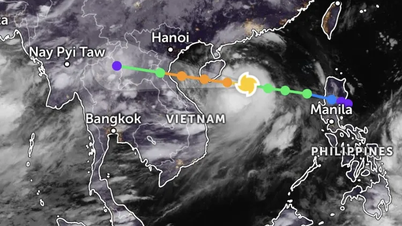


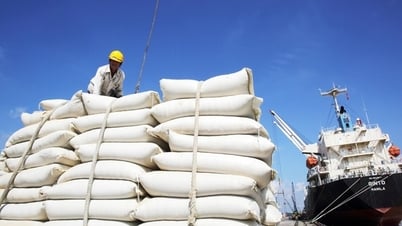











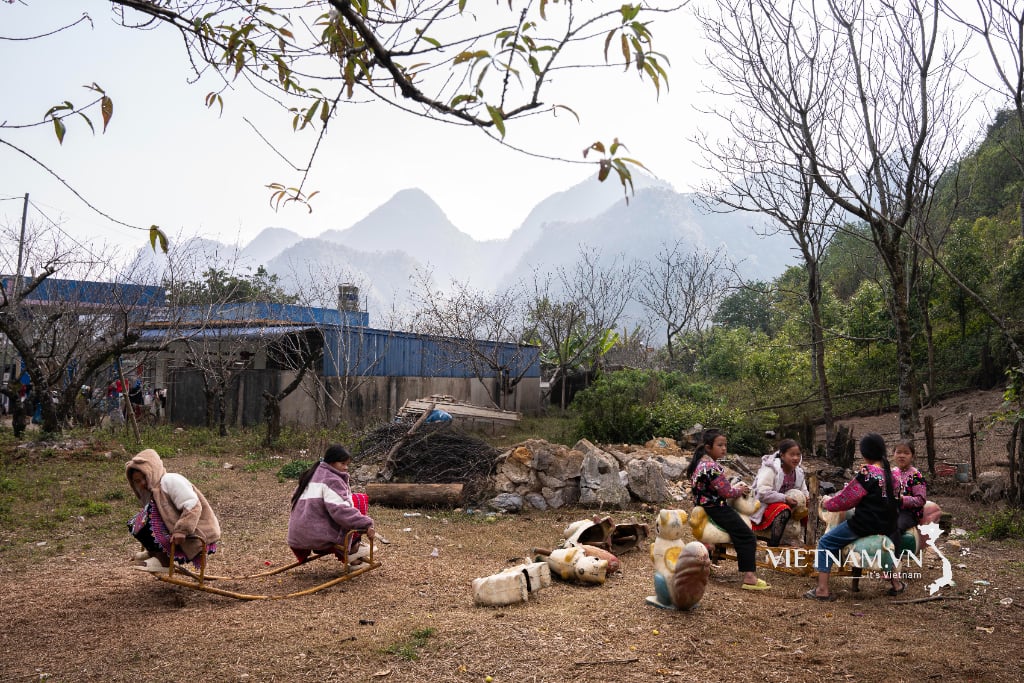


Comment (0)